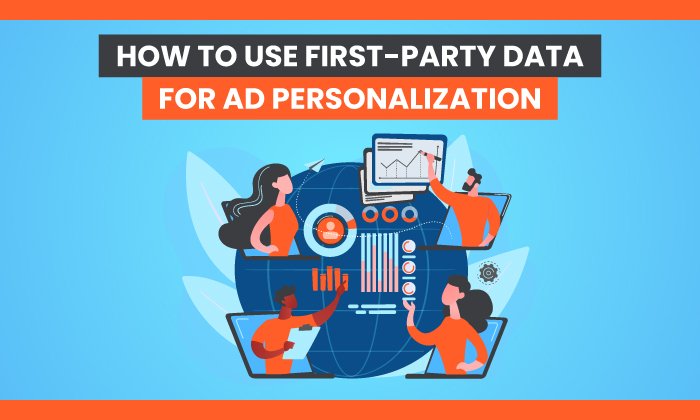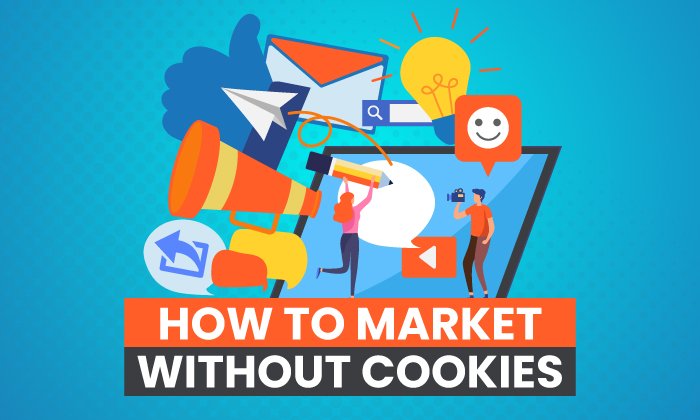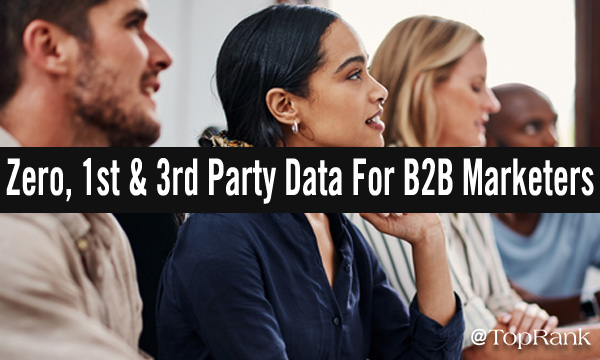4 Keys to Targeting and Personalization as Data Privacy Evolves

By Harry Mackin

Targeting and personalization driven by data are cornerstones of today’s marketing. That isn’t going to change anytime soon. What will be changing, however, is how we make that targeting and personalization happen.
It’s getting a lot more complicated to find the data marketers traditionally use for their targeting and personalization campaigns. Google keeps threatening to finally pull the plug on third-party cookies. Consumers everywhere are growing more protective of their data. A recent Prosper Analytics survey reported that 64.5% of respondents would like to see legislation enacted that prevents social media sites and search engines from selling their data. Many nations are implementing new, stronger data protection laws which will set a precedent for data regulation moving forward.
The rising demand for data privacy presents marketers with a unique challenge: how do we continue to target our audiences without the data we use to find them?
Marketers aren’t waiting to have this question answered for them. The industry has been hard at work developing alternative means of targeting and personalization. The opportunities they’ve discovered have proven to be more than a simple means of preserving a status quo.
These four new keys to modern targeting and personalization represent a chance to gain even better data and use it to target and personalize even more effectively. Here’s how:
Getting the data we need
First-party data
You’ve probably read plenty about “the end of cookies.” That frame is actually a bit of a misnomer. Google isn’t doing away with all tracking cookies at all — just “third-party” cookies. Third-party cookies are browser extensions that are designed to follow the user from site-to-site.
Meanwhile, first-party cookies only follow and store information on certain actions the user takes on a single site. First-party cookies also require the explicit consent of the user to activate.
First-party allows organizations to collect the same kind of information third-party cookies did without privacy concerns. Even more importantly, however, they also offer more valuable intent-based data. After all, everyone who you collect data on using first-party cookies opted into giving you that information.
Zero-party data
Zero-party data is data your audience gives you explicitly. Form fills are an example of zero-party data. Your audience actually writes in this information, usually in exchange for some gated content.
First-party data is more valuable than third-party data because the users that provide it are more intentional. Zero-party data is the next step up. Users who take the time to give you information about themselves are obviously very interested in your content. That makes them highly-qualified potential leads.
The key to gaining zero-party data is providing the kind of content your audience highly values. The more they want what you’re providing, the more they’ll give you in exchange. Ask them for the right information, and you’ll get customer information more valuable than anything third-party cookies could provide.
[bctt tweet=”“The key to gaining zero-party data …read more
Source:: Top Rank Blog







